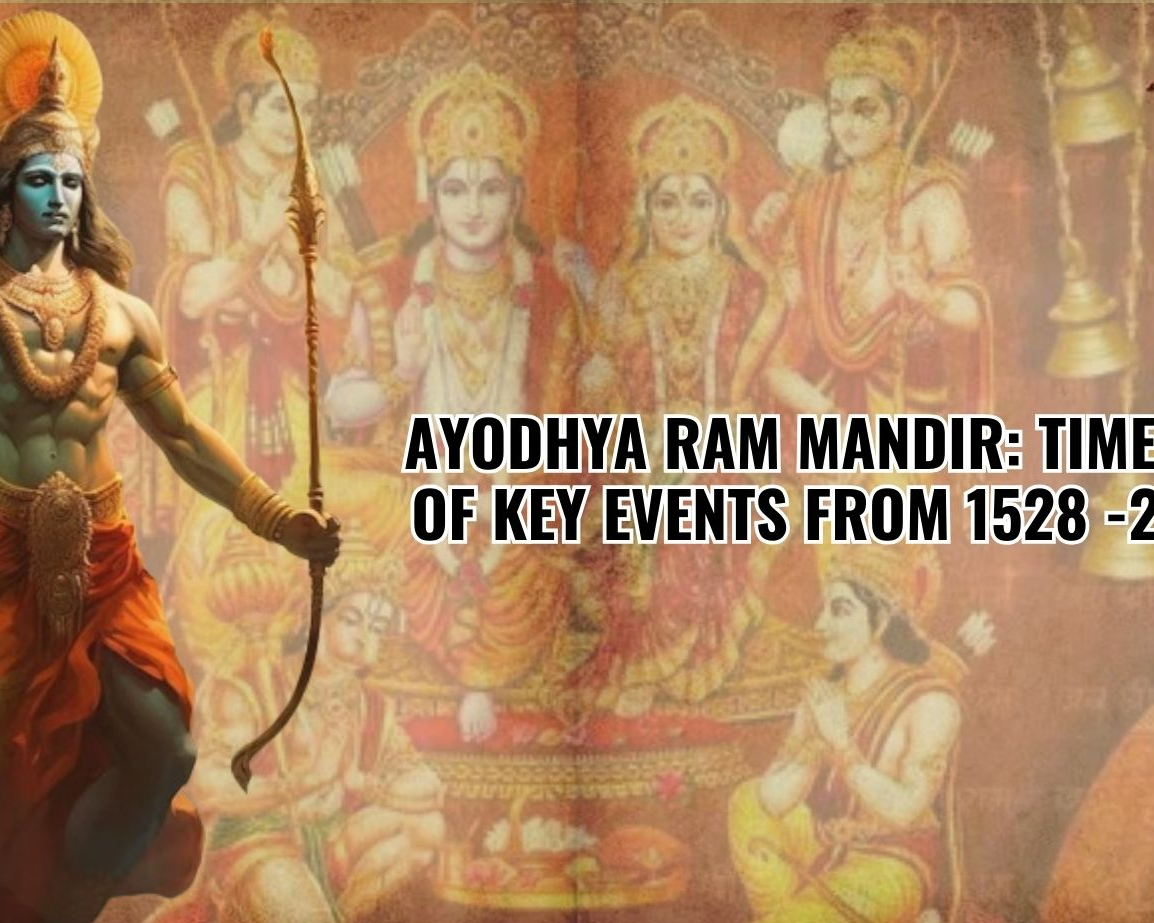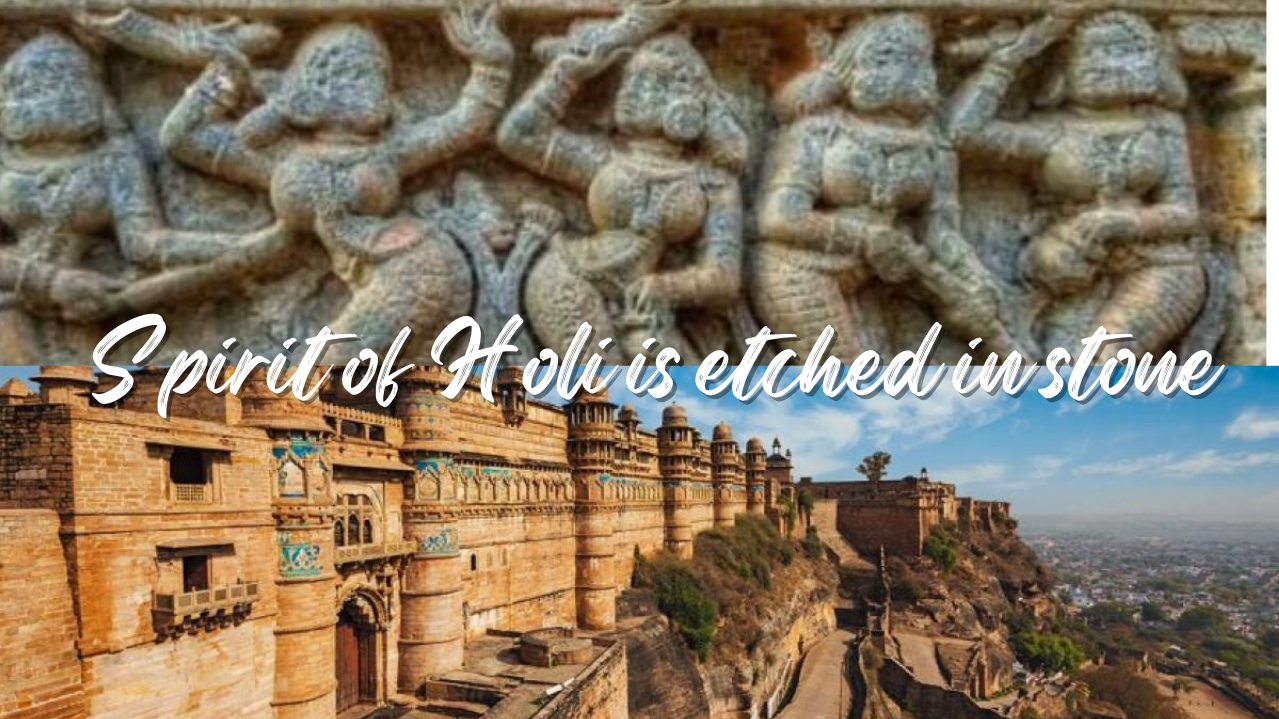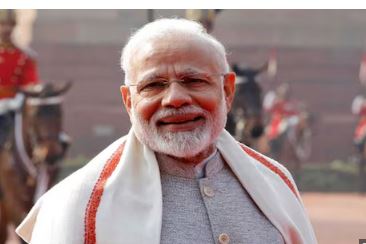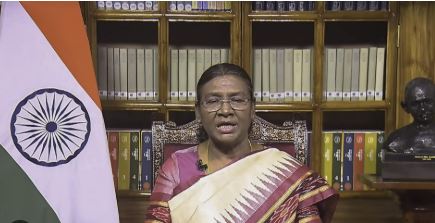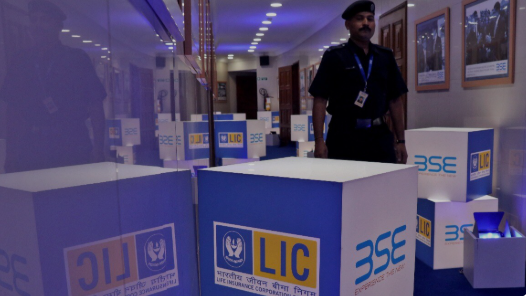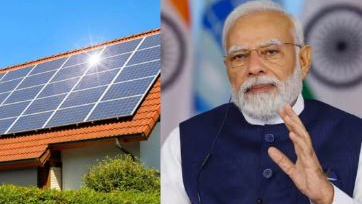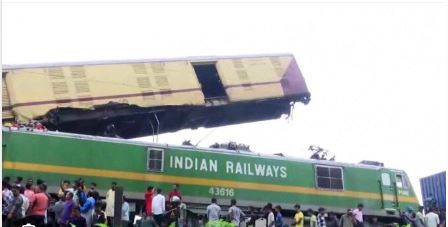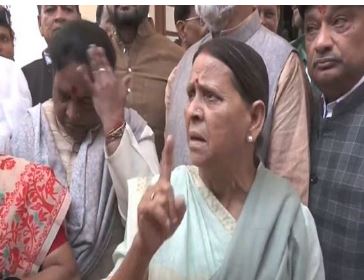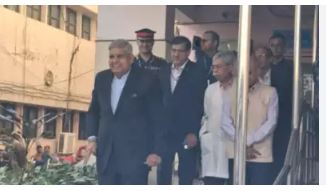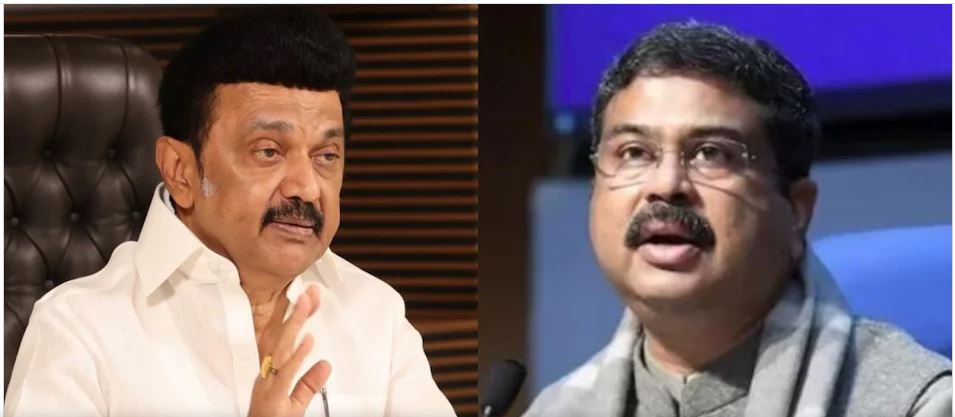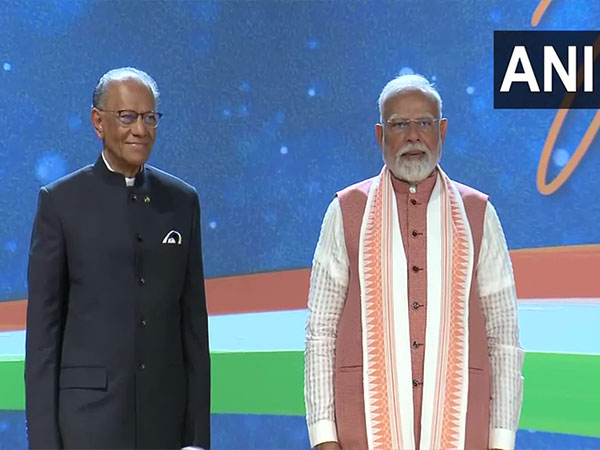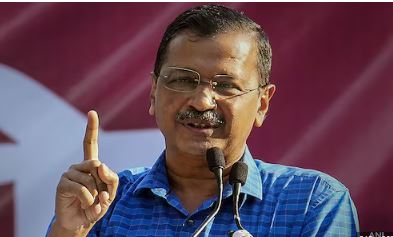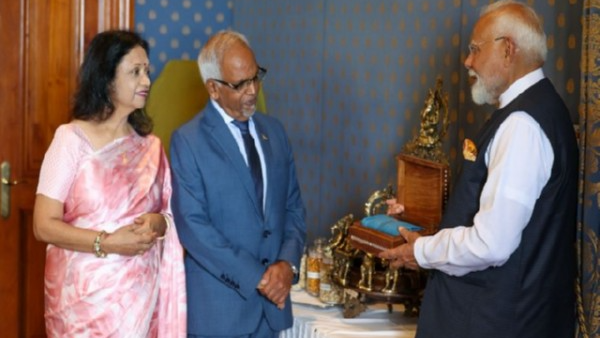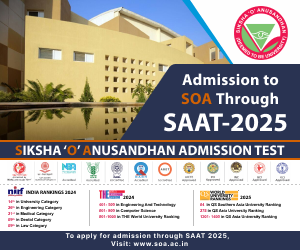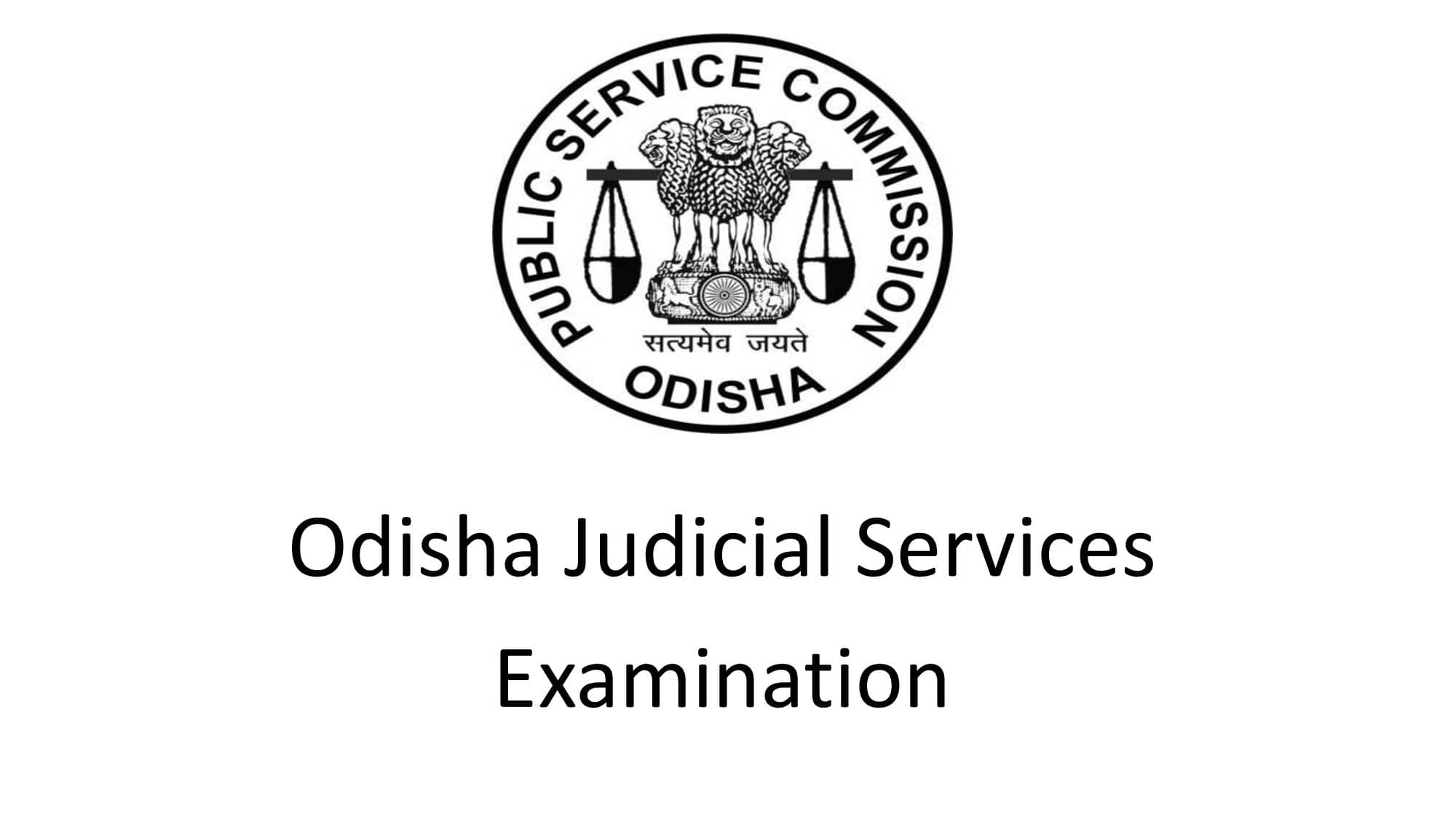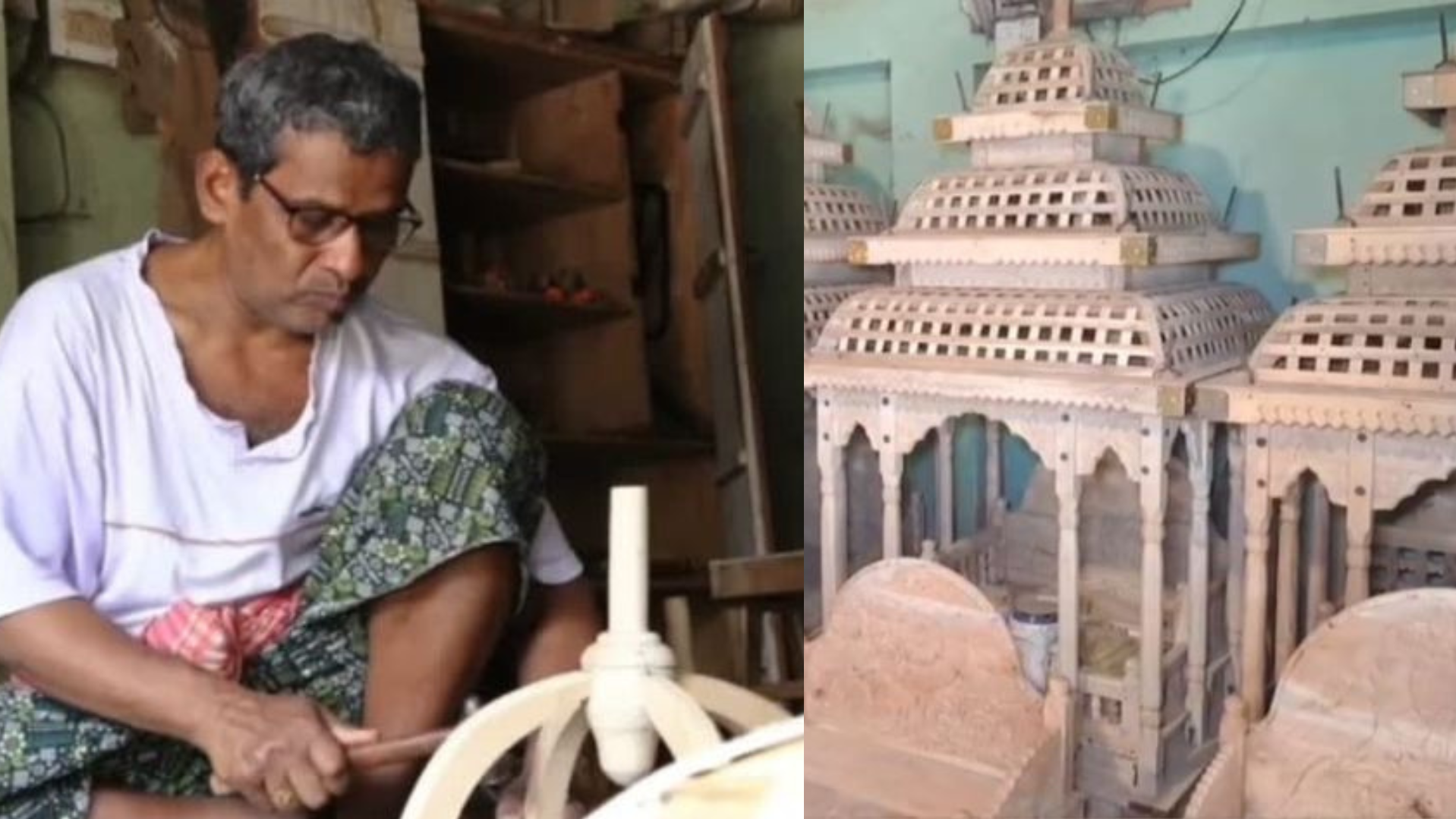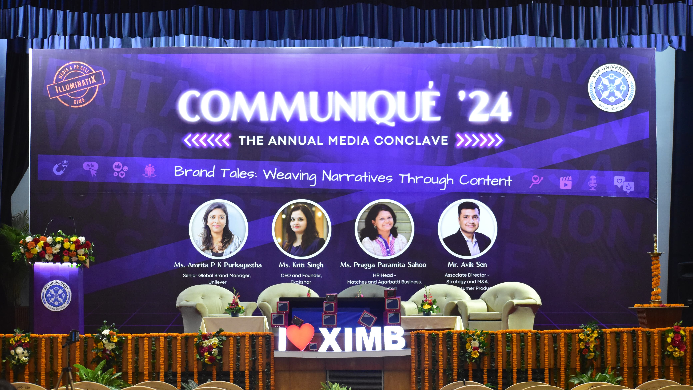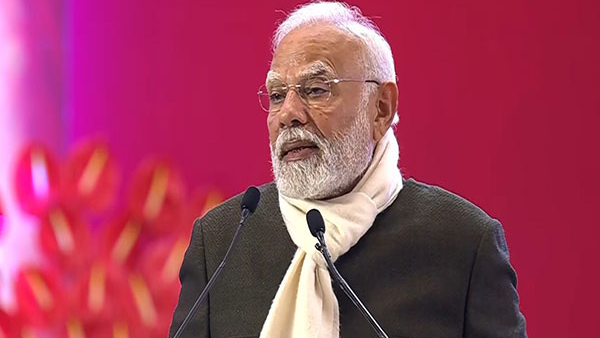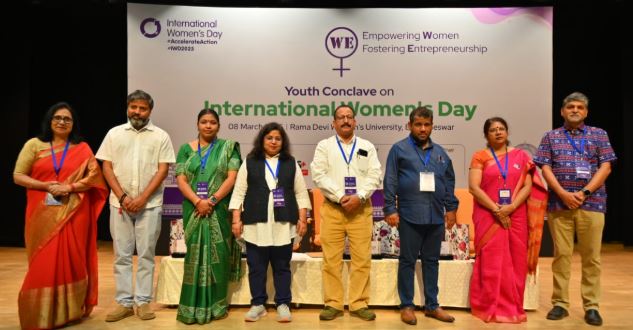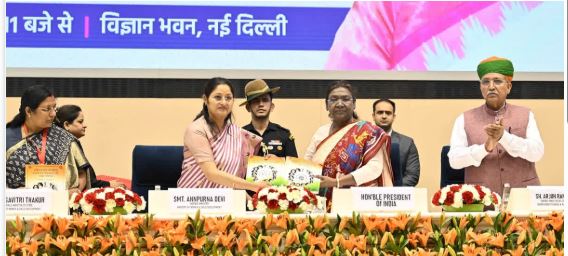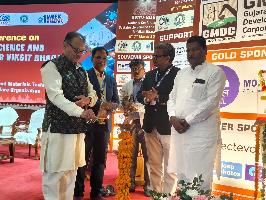Ayodhya, Jan 19: The history of the Ayodhya Ram Mandir is a complex and contentious one, marked by religious, political, and legal disputes.
Here is a timeline of key events from 1528 to 2024:
1528: Temple Demolished for Mosque Construction
According to tradition, a mosque known as the Babri Masjid was built in Ayodhya by the Mughal emperor Babur. The site is believed by Hindus to be the birthplace of Lord Rama.
1853: Dispute during British India
The first incident of communal violence recorded at the Ayodhya site occurred during the reign of Nawab Wajid Ali Shah.
1949: Ram Lalla Idols Inside Babri Mosque
Idols of Lord Rama appeared inside the Babri Masjid, leading to increased tensions. The mosque was subsequently locked, and both Hindus and Muslims filed civil suits claiming ownership of the site.
Also Read: Check date wise full schedule and timings of Pran Pratishtha ceremony
1984: VHP launched a campaign to Built Ram Temple
The Vishwa Hindu Parishad (VHP) launched a campaign to reclaim the site and build a temple dedicated to Lord Rama. The movement gained momentum over the years.
1986: Ayodhya Court Order: Mosque Opened for Hindu Prayers
The Faizabad district court ordered the unlocking of the disputed structure, allowing Hindus to worship there. This decision further intensified the dispute.
1989: VHP's: Laying the Foundation of Ram Temple
The VHP laid the foundation stone for the construction of the Ram Mandir next to the Babri Masjid.
1992 - Demolition of the Mosque
December 6: In a controversial turn of events, the Babri Masjid was demolished by a large crowd of Hindu activists. This act led to widespread riots across India and strained Hindu-Muslim relations.
Also Read: Live updates on Ayodhya Ram Mandir Inaguration
1992 - 2002: Legal Battles and Liberhan Commission
Various legal battles ensued over the ownership and construction of the site. The Liberhan Commission was formed to investigate the events leading to the demolition of the mosque.
2003: ASI conducts survey
The Archaeological Survey of India (ASI) conducted excavations at the site, and their report suggested the presence of a temple-like structure beneath the Babri Masjid.
2010: Allahabad HC divides the disputed site in three parts
The Allahabad High Court delivered a landmark verdict, dividing the disputed land into three parts — one-third for the Sunni Waqf Board, one-third for the Nirmohi Akhara, and one-third to the party representing the deity Ram Lalla.
2011:All three sides approach Supreme Court
Various parties, including the Sunni Waqf Board and the Nirmohi Akhara, appealed against the Allahabad High Court verdict in the Supreme Court.
2019 - November 9: Supreme Court Orders Land for Ram Temple
The Supreme Court of India delivered a historic judgment, ruling in favor of the construction of a Ram Mandir at the disputed site. It also ordered the allocation of an alternative 5-acre plot for the construction of a mosque.
2020 - August 5: Foundation stone laying ceremony
The foundation stone for the construction of the Ram Mandir was laid in a grand ceremony attended by Prime Minister Narendra Modi.
Also Read: How & where to watch Ram Mandir Pran Pratistha Ceremony
2024: Ayodhya Ram Mandir Inauguration
The construction of the Ram Mandir continues, with ongoing efforts to make it a symbol of national unity and religious harmony.
The history of the Ayodhya Ram Mandir is complex and reflects the intersection of religious beliefs, historical claims, and legal processes, making it one of the most significant and controversial issues in Indian history.






